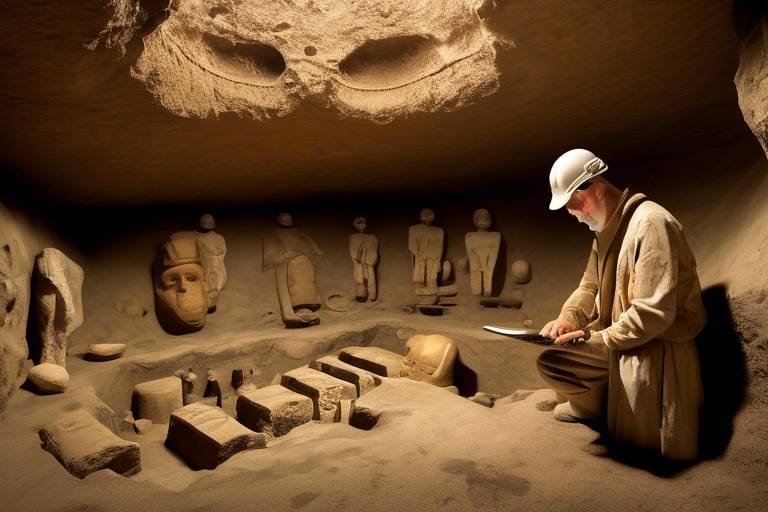The Role of Technology in Archaeological Discoveries
Technology has become a game-changer in the field of archaeology, reshaping how researchers explore and interpret the mysteries of the past. By harnessing the power of cutting-edge tools and techniques, archaeologists are delving deeper into ancient civilizations than ever before. From uncovering hidden artifacts to reconstructing historical landscapes, technology is revolutionizing the way we understand our shared human history.

Remote Sensing Techniques
Exploring how technological advancements have revolutionized the field of archaeology, enabling researchers to uncover hidden artifacts, analyze ancient sites in new ways, and gain deeper insights into past civilizations.
Remote sensing techniques have significantly transformed the landscape of archaeological exploration. By utilizing cutting-edge tools such as LiDAR (Light Detection and Ranging) and satellite imaging, researchers can now map and visualize archaeological sites from above, unveiling hidden structures and patterns that are not visible on the ground. This aerial perspective offers a bird's eye view, allowing archaeologists to identify potential excavation sites and understand the layout of ancient settlements with unprecedented clarity.

3D Scanning and Printing
3D scanning and printing have revolutionized the way archaeologists study and preserve ancient artifacts and sites. By utilizing advanced technology, researchers can create highly detailed digital replicas of objects and locations, providing a wealth of benefits for archaeological exploration and analysis.
Imagine being able to hold a perfect replica of a centuries-old artifact in your hands, feeling its texture and examining intricate details that may not be visible to the naked eye. With 3D scanning, this level of precision and accuracy is achievable, allowing for in-depth study without risking damage to the original piece.
Moreover, these digital replicas can be easily shared with other researchers and the public, enabling a wider audience to engage with archaeological findings and fostering a greater appreciation for our shared cultural heritage. Museums can now display virtual exhibitions showcasing 3D-printed replicas of rare artifacts, bringing history to life in a tangible and interactive way.
Furthermore, 3D scanning and printing technology play a crucial role in the preservation of fragile artifacts. By creating digital backups of items that are deteriorating or at risk of damage, archaeologists can ensure that important cultural treasures are safeguarded for future generations.

